Learning the jnaapti way - How it works
1. Learning Objectives

2. Waypoints

3. Learning Process

4. Review

Frequently Asked Questions
Here are some questions that organizations ask us about our training:
Choosing between online and classroom training depends on various factors including organizational goals, duration and logistical considerations. Here's a comprehensive comparison to help make an informed decision:
| Criteria | Online Instructor-Led Training | Classroom Training |
|---|---|---|
| Accessibility | Learners can engage from the comfort of their home or office while following a fixed timetable. Learners can attend short sessions, while also simultaneously working on their projects and so will have minimal impact on project deliveries. It also allows for broader geographic reach. | Offers a traditional and structured learning environment with direct, in-person interaction between trainers and learners. Requires physical attendance, which can be a barrier for some participants depending on their location and schedule. |
| Interactivity | Though interactive, it may lack the personal touch and non-verbal cues of a physical classroom. | Provides better spontaneous interaction, immediate feedback, and the ability to address concerns in real-time. |
| Size of the session | Can be conducted in shorter sessions of 2 hours or more. | The minimum duration is 1 day. |
| Cost | More cost-effective due to reduced expenses on venue, travel, and accommodation. | Might incur higher costs due to physical venue requirements, instructor travel, and participant accommodations. |
Determining the duration of training involves balancing several factors to ensure that the training is effective and efficient. We can help you determine the best duration based on our experience of having delivered similar other training programs in the past.
Steps and Considerations:
- Identify Learning Objectives: Clearly define what participants should know or be able to do after completing the training. Understanding the depth and breadth of the content to be covered will help in estimating a realistic time frame. Steps 1 and 2 of our training process addresses this.
- Assess Learner's Prior Knowledge: Understanding the prior knowledge and skills of your participants can help tailor the training duration. If participants have a good understanding of basic concepts, the training duration may be shortened. Step 2 of our training process addresses this.
- Training Methodology: Interactive, hands-on training sessions might require more time compared to theory sessions and demos. Activities, discussions, and pre-training and post-training assessments allow participants to apply what they have learned. This hands-on experience is crucial for solidifying learning and may affect the duration of the training.
- Engagement and Absorption Capacity: Consider the attention span and engagement levels of the participants. Lengthy training sessions may lead to fatigue and decreased retention, so it might be beneficial to break down training into shorter, more manageable segments. Online sessions help this cause.
- Feedback: Incorporate time for feedback to measure the effectiveness of the training.
- Logistical Constraints: Consider the availability of instructors, participants, and resources. Sometimes logistical constraints may dictate or influence the duration of the training.
- Pilot Sessions: If we are doing repeat batches, we can consider the first few sessions as pilot sessions to gauge if the allocated time is sufficient for covering the content effectively while keeping the participants engaged.
If some participants lack the prerequisite knowledge required for a training, there are several steps and strategies you can employ to address this issue and ensure a more uniform level of understanding among participants:
Steps and Strategies:
- Pre-Training Assessment: We can conduct a pre-training assessment to gauge the participants’ level of understanding and identify gaps in prerequisite knowledge. Step 2 of our training process addresses this. This will help in designing interventions to bridge these gaps before the actual training.
- Pre-Training Materials and Online Resources: We provide the slower learners with pre-training materials, tutorials, or online resources (books/videos/courses etc) to help participants acquire the necessary prerequisite knowledge.
- Remedial Training Sessions: We can offer training sessions and Virtual Coach platform access to cover essential prerequisite topics for a subset of the audience. These could be optional sessions for those who need them, ensuring they are prepared for the main training.
- Mentorship and Peer Support: We encourage you to pair participants who lack prerequisite knowledge with those who have a strong understanding and experience of the prerequisites.
- Adjust Training Content: If the gap is huge, we suggest adjusting the training content to include a brief review of prerequisite knowledge at the beginning of the training to ensure everyone is on the same page.
- Feedback and Monitoring: We continuously monitor participants’ progress and gather feedback to understand if the interventions are effective in bridging the knowledge gap, and adjust your approach accordingly. Step 3 of our training process addresses this.
When some participants grasp concepts faster than others, it's an opportunity to leverage their understanding to benefit the entire group, while also ensuring they remain engaged and challenged. Here are some strategies:
- Advanced Activities: We provide additional activities to faster learners to keep them engaged and challenged.
- Peer Mentoring: We encourage those who grasp concepts quickly to assist their peers.
- Recognition: We recognize the efforts and achievements of faster learners, which can help organizations fast track such employees into challenging roles.
Balancing the needs of faster and slower learners can be challenging but with a thoughtful approach, it's possible to create a learning environment that is supportive, engaging, and beneficial for all participants.
When participants are taking longer to grasp certain concepts, it's crucial to address this issue with empathy, patience, and effective strategies to ensure everyone gets the most out of the training. Here are some strategies that we employ:
- Individualized Attention: We offer extra support and individualized attention to those who are struggling. This could be through one-on-one sessions, additional exercises, or personalized feedback. We provide supplementary learning materials like online resources, videos, books to these learners.
- Peer Learning and Group Work: We encourage peer learning by forming groups or pairing slower learners with those who have grasped the concepts. Peer explanations can sometimes make complex concepts more accessible.
- One-on-one Feedback: We provide direct constructive feedback to help the slow learners understand their mistakes and learn from them.
- Flexible Pacing: If the training schedule allows it, we adjust the pace to ensure everyone has a chance to understand the material. If not, we encourage the slow learners to invest additional time over the weekends or beyond the committed time to bridge the skill gap.
- Encourage a Growth Mindset: We foster a positive learning environment and encourage a growth mindset, reassuring participants that with effort and perseverance, they can overcome learning challenges.
- Monitoring Progress: We keep track of participants' progress and continuously check-in to understand if they are catching up or if further interventions are needed.
Ensuring that training remains current and relevant is of utmost importance in the ever-evolving landscape of the industry. To achieve this, we employ various strategies to continuously update and refine our content. Here's how we do it:
- Continuous Monitoring: We regularly monitor developments in the industry to identify new trends, outdated trends, tools, or practices.
- Feedback from Participants: We collect feedback from stake holders and participants to understand if the training content remains relevant and effective.
- Regular Content Reviews and Updates: We conduct periodic reviews of the training content to identify areas that require updates. Our labs are also periodically updated to reflect the latest versions of different technologies.
- Modular Design: Our skill graph based content management system is modular by design, so outdated modules can be easily replaced or updated without having to overhaul the entire course.
- Invest in Continuous Learning: We encourage our trainers (who are also engineers by heart) to engage in continuous learning and technology exploration to keep their skills and knowledge current. We practise what we preach!
- Leverage Technology: We utilize technology like Generative AI and analytics to identify evolving technology and learning needs and update the content suitably.
By employing these strategies, we ensure that our training content remains fresh, current, and most importantly, beneficial for all participants, ensuring they are always equipped with the latest knowledge and skills.
Our training system is designed with several key priorities in mind:
- Personalizing the training to meet individual's needs.
- Emphasizing self-learning to foster independence.
- Applying modern approaches to validate training outcomes.
- Recognizing learners' existing skills and building upon them.
- Providing adaptable timeframes based on individual skillsets.
- Stressing intricate cross-connects across technologies via our skill-graph engine.